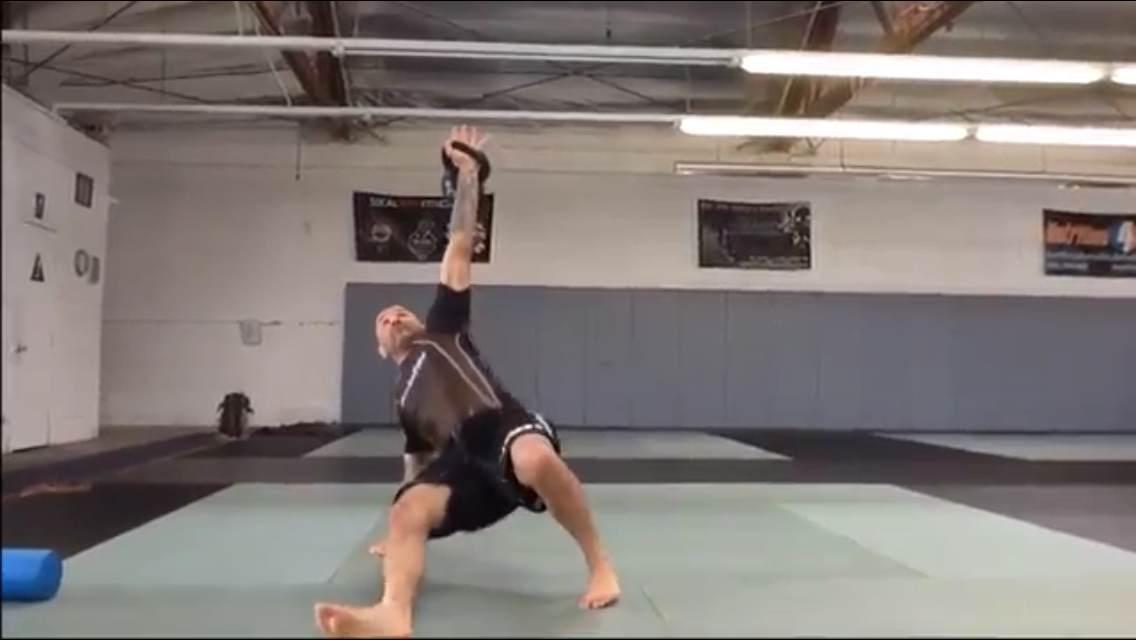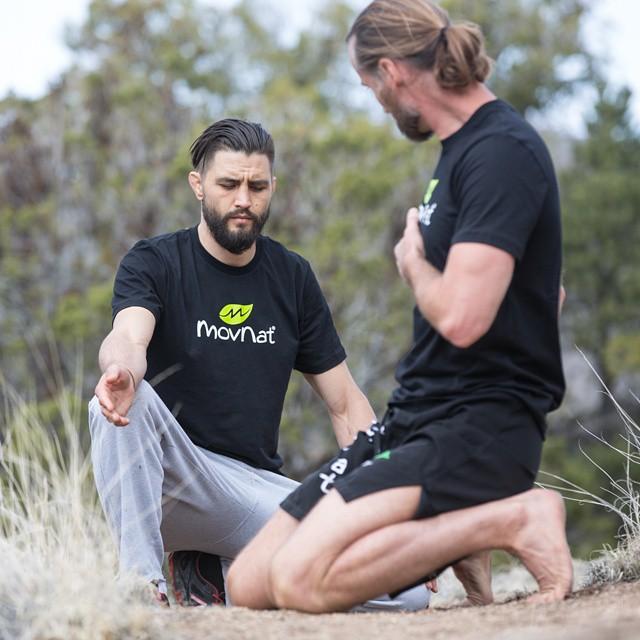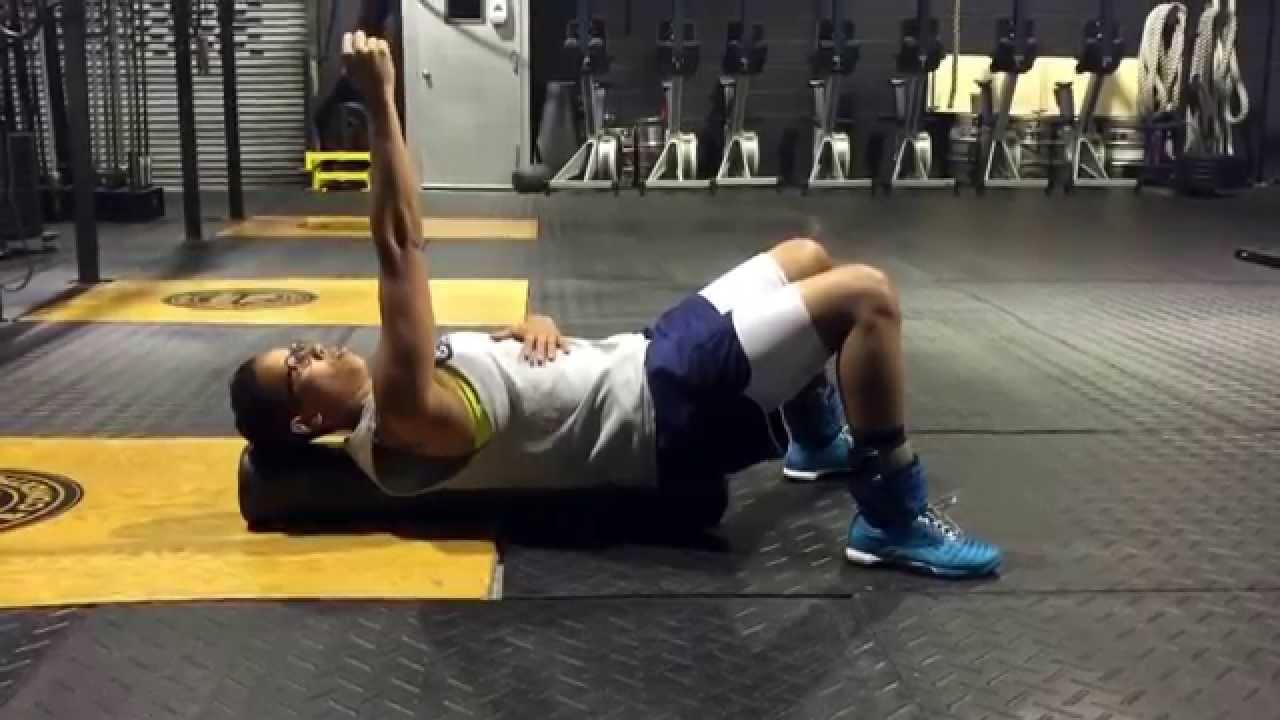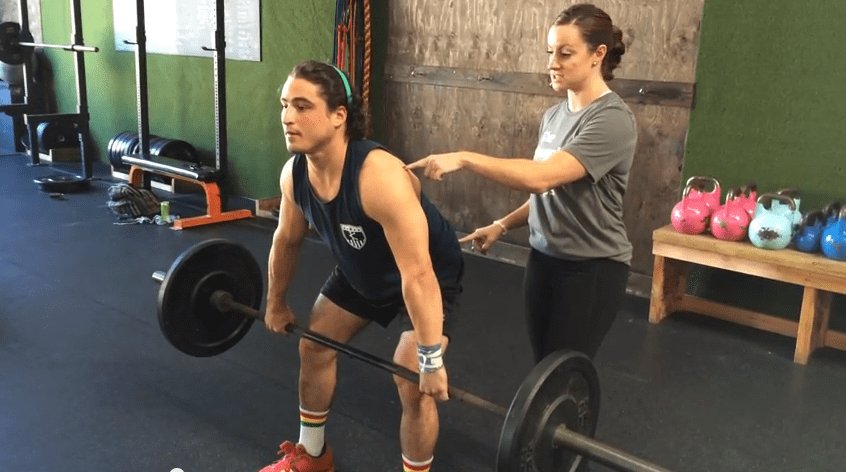
Movement Training: Is It Really The Future of Strength and Conditioning for Fighters?
By Corey Beasley
Trends come and go in the fitness world.
In the last twenty years there have been a variety of changes. Some stuck and some simply fizzle out. Over the last couple years, “movement” has become a buzz word among trainers and coaches. Most recently, UFC fighters Conor McGregor and Carlos Condit have started implementing this style of training into their workouts.
What is Movement Training?
 We all move...whether its in sport or during our daily lives we squat, lunge, bend, twist, push, pull, crawl, walk, run, jump, climb, throw, pick stuff up, carry and more.
We all move...whether its in sport or during our daily lives we squat, lunge, bend, twist, push, pull, crawl, walk, run, jump, climb, throw, pick stuff up, carry and more.
That's just how our body is made to function.
We typically start developing these patterns when we are children as we move around, interact with our environment and play.
Our joints are mobile, we move in a variety of directions, get into everything and slowly develop things like balance, body awareness, coordination and control.
Kids that play outside are strong, durable and can play for hours without fatigue.
Once we start school, we are told to sit, be quiet and this is where the wheels fall off.

Joints get stiff, muscles and tendons weaken, coordination and body awareness diminish.
Remember the old saying "Use it or lose it"
Well, lots of young athletes and adults lost it.
They sit 18 hours a day in the car, the couch or at the computer. We stare at our cell phones constantly, watch tv, scan social media, watch videos, look at pictures, etc.
This is taking its toll on our bodies...
Most movement training guys say that movement training helps eliminate some of these ailments and fills the gap that traditional strength training misses.
These days there are so many different types of training...weights, plyometrics, bodyweight, kettlebells, etc, etc.
If you are reading this article, we're assuming that you roll, wrestle, fight or do some sort of mixed martial arts training.
If you supplement your skill training with some sort of strength and conditioning, you probably run and lift weights.
That is a great place to start, but we are missing a few pieces of the puzzle.
This is where athletes, trainers and coaches start looking for alternatives.
In order to perform at your best, we need to restore function that is lost from inactivity, old injuries, etc.
In the fitness world, this has ballooned into things like functional training, mobility work, corrective exercise and movement style workouts.
The intention of many of these modalities is good.
Most want to restore function, improve health and challenge the body in new ways.
The challenge is that most don't have a system to teach people how to progressively learn these new drills.
How do these systems fit into the performance puzzle?
A few years back, George St Pierre was performing gymnastics style training before his fights.
Fans and coaches wanted to follow suit...
Gymnastics movements are technical and explosive, which can be very hard on our bodies.
Taking a stiff fighter and having them do back flips and handstands is a recipe for disaster.
The next wave was Olympic lifting.
The explosion of Crossfit had everybody and their brother throwing a bar over their head and sprinting down the street.
Again, stiff joints and a lack of progressions sidelined thousands of people with injuries.
Olympic lifting isn't bad, but it does require a lot of technique, mobility, strength and coordination to perform them correctly.
We're seeing the same type of response to the recent videos with Conor McGregor and Carlos Condit.
Movement training is the new "buzzword."
"Functional movement and mobility work make strength gains more applicable to my game," Condit said on social media. "Just like I train different martial arts, training in a wide variety of fitness modalities is important for overall athleticism. Move better, Fight better."
"Your body is in the same spot all the time," McGregor said. "What happens is people jump out of bed, brush their teeth, stuff their faces with food, make their way to the gym, barely warm up, do 10 rounds, go home, rest, eat, go back to the gym. You can just feel that body locking. I'm waking up and the first thing I'm doing now is spinal waves. I can actually hear it. ... It's like you're loosening the cobwebs. And it's been paying off for me."
"There's no 'wrong' or 'right' style in this sport, that's what's beautiful about Mixed Martial Arts. There's no wrong way to train for these fights," Dominick said. "Like what McGregor is doing. His movement, and the way he moves up and down, the stances that he chooses that look 'goofy', the splits that he does -- all that can kind of make it weird to make reads (for his opponent)."
All of a sudden, everyone wants to do handstands, cartwheels and 'flow' in the park.
Although the intentions are good, without proper systems or guidance, random movement training can create new issues.
Many of the drills, like any system, are very advanced and require a certain level of skill, strength, mobility and function.
Do too much, too quickly and it's a recipe for disaster.
Now, don't get us wrong, there is a time and place for everything and movement drills may be beneficial.
Maybe during warm ups, on recovery days, as an accessory movement or similar, but where does it fit in your system?
Knowing what to do, when and how much is always the question...
 Whether its bodyweight, kettlebells, Olympic Weight lifting or everything in between, you need to understand what you are doing and why.
Whether its bodyweight, kettlebells, Olympic Weight lifting or everything in between, you need to understand what you are doing and why.
- When do we use these drills?
- What are the proper progressions to learn technique?
- Is the athlete prepared for this movement?
- What is the outcome of using this drill?
- How often and how much?
- How does it tax the body?
These are important factors to think about.
Following the workout plan of an elite athlete is foolish for someone that lacks their experience or understands why they are doing it.
It might be cool to learn how they are training, but is it right for you?
World Ranked Powerlifter, Chad Wesley Smith told me that people are constantly asking what program he is doing, but they should be asking what he was doing when he was in their position.
 These athletes have spent years developing their body awareness, strength, mobility, coordination, etc.
These athletes have spent years developing their body awareness, strength, mobility, coordination, etc.
What they need is probably very different than what you need to improve.
People tend to gravitate toward the latest trend, but lose sight of the big picture.
All of these different training programs are simply a piece of the bigger puzzle.
Athletes need good mobility, stability, strength, power, coordination and the ability to move efficiently.
Randomly bouncing between training modalities can be a huge waste of time.
The key to a good strength and conditioning program is having a systematic plan for developing each athlete.
1. Assessment
In the beginning and throughout your training
 2. Joint Function and Mobility
2. Joint Function and Mobility
- Do your ankles, hips and shoulders function like joints are supposed to?
- Can you raise your arms above your head?
- Can you squat all the way down comfortably?
If not, then you might want to start with some type of Tune Up program to address these areas.
This is where programs like Original Strength, Functional Range Conditioning, Yoga, and other restorative programs can be very useful.

3. Use Exercise Progressions to teach a variety of skills.
Instead of doing a back flip or throwing a bar over your head, take the time to learn systems and progressions for that exercise, drill or movement.
Learn how to squat, hinge, lunge, push and pull with proper technique.
Once you can move efficiently, then we can play with the exercise variables to challenge the body more.
4. Progressively Overload the System
We can adjust the load, plane of motion, speed, rest, load position, body position, etc to increase our movement IQ and challenge our body in new ways.
If you dig into different systems, ask questions or attend workshops, you'll probably learn that there are ways to systematically learn the movement you are striving for.
This becomes increasingly important as we add intensity, explore new ranges of motion, move in other planes of motion and add speed to the movement.
Just like skill training, we must learn the basics before adding speed or intensity.
Remember, movement and strength training are skills, just like jiu jitsu, boxing or wrestling. Combat athletes require a variety of mobility, strength, agility, power and conditioning. Finding the right balance of movement, strength, conditioning and explosive work can be challenging. They key is that none of the systems covers the full spectrum. They are all simply tools to be used at the appropriate time. A well rounded workout plan will assess the needs of the athlete and develop a specific plan to help them efficiently reach their goal.





